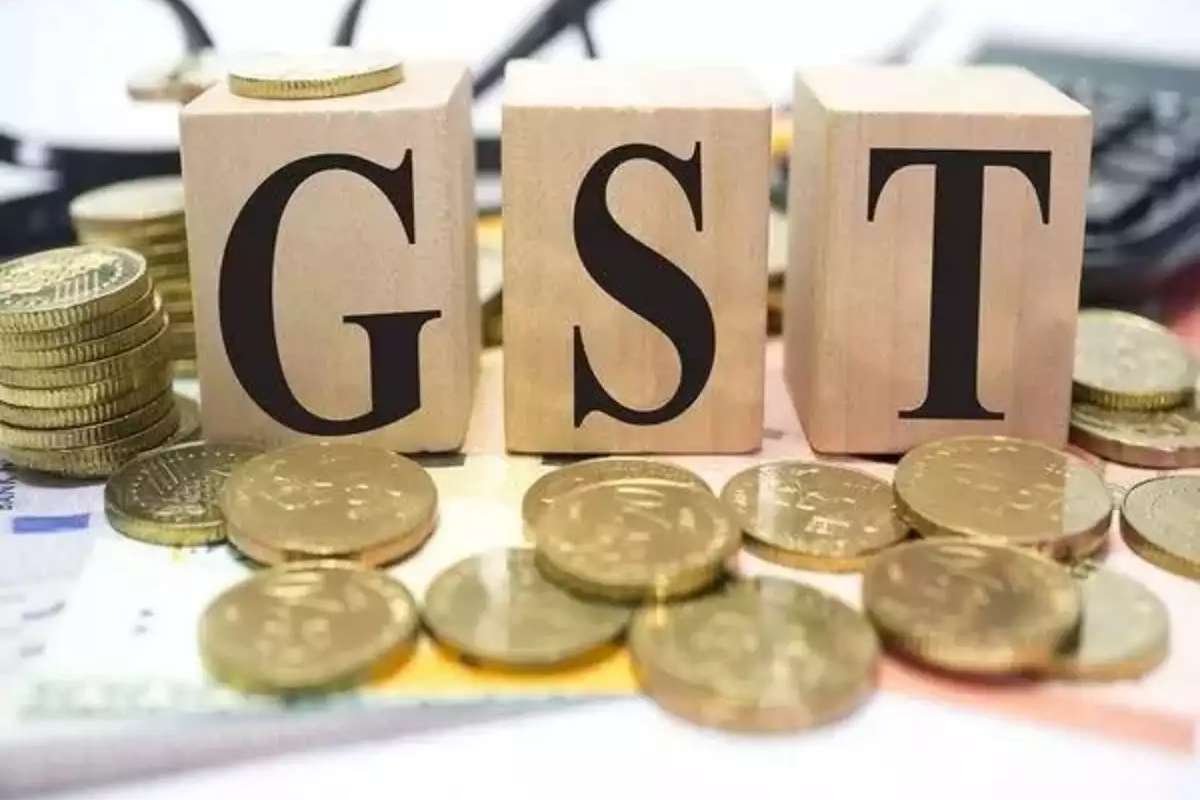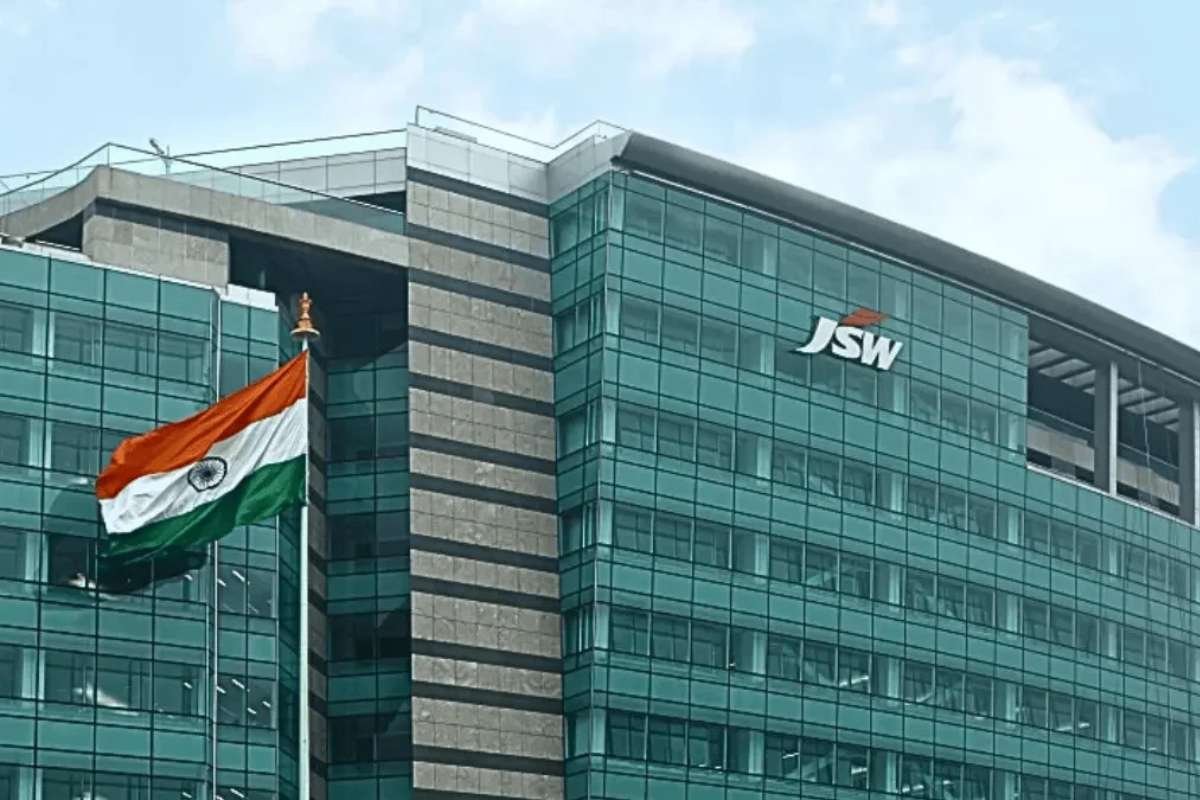Declining Growth in GST Collections
India’s Goods and Services Tax (GST) collections witnessed a significant slowdown in December, marking one of the weakest performances in recent years. Gross GST receipts for the month totaled just under ₹1.77 lakh crore, reflecting a growth rate of 7.3% compared to the same period in 2023. However, net GST collections, which account for taxpayer refunds, grew by a mere 3.3%, the lowest rate recorded in the 2024-25 fiscal year. This deceleration comes on the heels of a broader economic slowdown, with refunds surging by 45.3% year-on-year, reaching ₹22,490 crore.
Growth in December’s gross receipts, representing transactions from November, was the second-slowest in 43 months, trailing only June 2024’s 7.3% and September 2024’s 6.5%. Analysts attribute this sluggish performance to a combination of factors, including subdued domestic demand and state-level variations in revenue collection trends.
Impact of Domestic and Import Revenues
Refunds played a pivotal role in the slowdown of net GST collections. While gross receipts grew by 8.5% in November, net collections rose by 11.1% due to a drop in refunds. December’s refunds surged, with those tied to exporters climbing 64.5% and domestic transaction refunds rising by 31%. Consequently, net receipts stood at ₹1,54,366 crore, marking a sharp deceleration.
Revenue growth from domestic transactions slowed to 8.4% in December from 9.4% in November, while import-related GST revenues increased by just 3.9%, down from November’s 5.9%. These trends have tempered the overall growth in net GST revenues for the fiscal year’s first nine months, which now stands at 8.6%, below the government’s 11% growth projection.
State Variances and Policy Concerns
State-level GST trends revealed mixed results. While 14 states posted growth rates of 8% or higher, including notable gains in Sikkim (30%), Haryana (28%), and Punjab (22%), others struggled. Major states such as Uttar Pradesh and Madhya Pradesh recorded only 1% growth, with Bihar at 2%, West Bengal at 3%, and Gujarat at 4%. Four states, including Arunachal Pradesh and Meghalaya, reported outright contractions.
Policy experts expressed concern over the sub-5% growth in key states. M.S. Mani, a partner at Deloitte India, highlighted the need for policymakers to examine sectoral trends to address the uneven distribution of GST revenue growth. Meanwhile, Abhishek Jain, partner and head of indirect tax at KPMG, linked the GST slowdown to broader GDP trends, noting optimism that improved economic activity in the upcoming quarters could spur recovery in tax collections.
The sluggish GST growth underscores the broader economic challenges facing India as the government seeks to balance fiscal targets with economic realities. With refunds surging and state-level disparities persisting, policymakers face an uphill task to sustain revenue growth while addressing systemic inefficiencies in the GST framework. As the fiscal year progresses, the interplay between economic activity and tax collection trends will remain a key focus for stakeholders.







